This article needs additional citations for verification .(June 2020) |

Karl Paul Themistokles von Eckenbrecher (17 November 1842, Athens – 4 December 1921, Goslar) was a German landscape and marine painter, in the late Romantic style.
This article needs additional citations for verification .(June 2020) |

Karl Paul Themistokles von Eckenbrecher (17 November 1842, Athens – 4 December 1921, Goslar) was a German landscape and marine painter, in the late Romantic style.
His father was a Prussian military officer, who had originally studied philosophy and medicine. His ethnically Italian mother came from a merchant family in Trieste, Austrian Empire. He was born while his parents were in Greece, visiting his father's friend, Heinrich Schliemann. In 1843, his family returned to Berlin, where he studied at the English-American school. As he got older, he travelled with his father and was taught by private tutors. It was during this time that he developed an interest in ships.
From 1850 to 1857, they lived in Istanbul, then moved to Potsdam, where they lived until 1861. When he expressed his wish to become a marine painter, his parents supported him and, from 1859 to 1860, he was a student of the court painter, Carl Gustav Wegener . From 1861 to 1867, they lived in Düsseldorf, where he was a private student of Oswald Achenbach. While there, he also became a member of the progressive artists' group known as Malkasten (paintbox). [1]
Despite having married Johanna Stever, the daughter of a landowner from Mecklenburg, in 1875, he was travelling almost continuously; throughout Europe and the Middle East. After a trip to Egypt in 1881, he and his colleague, Wilhelm Simmler, created an Orientalist panorama called "Entry of the Mecca Caravan into Cairo" (118x15 meters, roughly 387x49 feet) for the city of Hamburg. [2]
In addition to his paintings, he designed postcards for the Deutsches Kolonialhaus and various passenger ship companies. In 1892, he went farther afield, visiting the Philippines and German colonies in Africa. He eventually learned how to speak eleven languages.
In 1919, he moved his home base from Berlin to Goslar and died there two years later. A major retrospective and sale of his works was held in 1942. His son, Gustav Heinrich (1876-1935), spent much of his life as a farmer near Okombahe, in what was then South West Africa.

Eugen Gustav Dücker was a Baltic German painter, in the Romantic style, associated with the Düsseldorfer Malerschule.
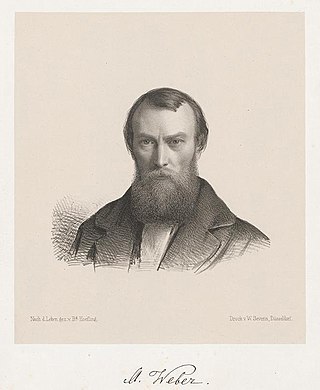
Johann Baptist Wilhelm August Weber was a German painter; associated with the Düsseldorfer Malerschule.

Gustav Adolf Carl Closs also as Closs, A., Closs, A.G., Closz, Adolf Gustav was a German painter, illustrator, heraldist and entomologist.

Adolf Heinrich Lier was a German landscape painter.

Gerhard Adolf Janensch was a German sculptor and medailleur.

Christian Köhler was a German painter, associated with the Düsseldorfer Malerschule, although his style owes much to the Nazarene movement.
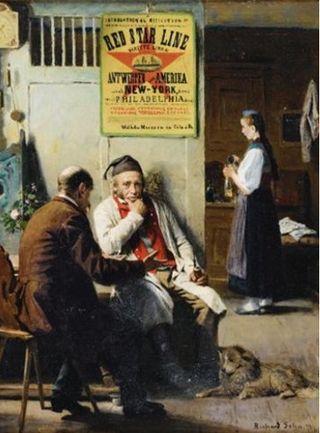
Paul Eduard Richard Sohn was a German genre painter. His younger brother, Karl Rudolf, was also a well known painter.
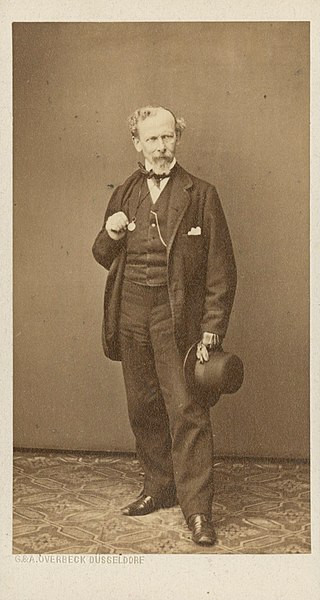
Wilhelm Rudolf Jordan was a German genre painter, illustrator, etcher and art teacher.
Karl Günther Ernst Felix Becker was a German art historian, best known today for the project Thieme-Becker.
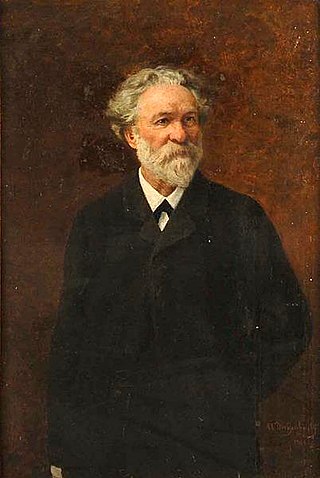
Anton Heinrich Dieffenbach was a German landscape and genre painter; noted for his portrayals of cute children.
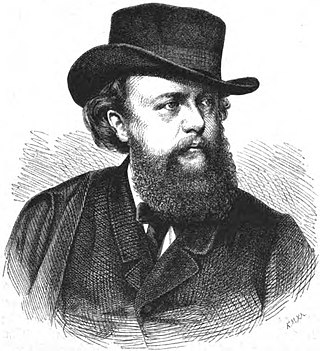
Robert Cauer the Elder was a German sculptor known for his funerary art.

Hermann Heinrich Becker was a German painter, art historian, author and writer.

Carl Gottfried Eybe (1813–1893) was a 19th-century German painter, lithographer and sculptor.
Robert Friedrich Karl Scholtz was a German expressionist portrait and landscape painter, graphic artist and draughtsman. He belonged to the Berlin Secession mouvement.
Wilhelm Carl Melchior Simmler was a German painter and illustrator of the Düsseldorf school of painting.

Carl Maria Seyppel, also Karl Maria Seyppel, was a German genre and portrait painter, caricaturist, and writer, based in Düsseldorf.

Eduard Adolf Daelen was a German painter and writer. For some of his writings he used the pseudonyms Ursus teutonicus, Angelo Dämon, Edu Daelen-Bachem and Michel Bär. He became known above all for the first biography of Wilhelm Busch, which he wrote in 1886.
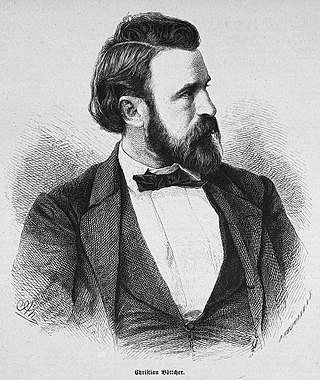
Christian Eduard Boettcher, or Böttcher, was a German painter whose work comprised portraiture and genre painting.
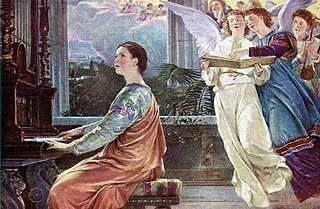
Heinrich Lauenstein was a German painter and art professor; associated with the Düsseldorfer Malerschule. He specialized in portraits, many of them of children, and religious scenes.
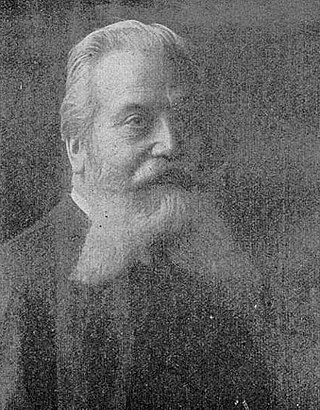
Franz Robert Richard Brend’amour was a German wood-engraver, printer and publisher.